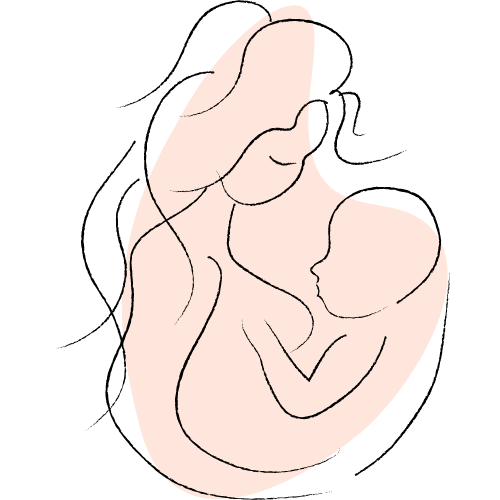One of the most exciting moments during pregnancy is discovering your baby’s gender. While an ultrasound is the most reliable method to determine whether you’re having a boy or a girl, many parents-to-be can’t resist trying to guess before the official reveal. From old wives’ tales to modern myths, there are numerous ways to speculate about your baby’s gender. While these methods are fun to try, it’s important to remember that they are not scientifically proven. Here’s a look at some popular gender prediction methods you can try before your ultrasound.
1. The Shape of Your Baby Bump
According to an old wives’ tale, the shape and position of your baby bump can indicate the gender of your baby:
- Low and Out Front: If you’re carrying low and your bump is more out front, it’s believed you might be having a boy.
- High and Wide: If your bump is higher and more spread out, it could be a sign you’re expecting a girl.
2. The Ring Test
The ring test is a classic method for guessing your baby’s gender:
- How to Perform It: Tie a ring to a string or a strand of your hair and dangle it over your pregnant belly while lying down.
- Interpreting the Movements: If the ring swings back and forth like a pendulum, it’s said you’re having a boy. If it moves in a circular motion, you’re supposedly having a girl.
3. Cravings: Sweet vs. Salty
Your pregnancy cravings might give you a clue about your baby’s gender:
- Sweet Cravings: If you’re craving sweets like chocolate, fruit, or pastries, some believe you’re having a girl.
- Salty or Sour Cravings: A preference for salty snacks like chips, pretzels, or pickles is thought to indicate a boy.
4. Morning Sickness
The severity of your morning sickness is another popular gender predictor:
- Severe Morning Sickness: Experiencing intense morning sickness during the first trimester is often linked to having a girl.
- Mild or No Morning Sickness: If your morning sickness is less severe or nonexistent, it might mean you’re carrying a boy.
5. Heart Rate
One of the more widely known methods is checking the baby’s heart rate:
- Over 140 BPM: If your baby’s heart rate is consistently above 140 beats per minute, some say it’s a girl.
- Under 140 BPM: A heart rate below 140 BPM is thought to indicate a boy.
6. Chinese Gender Predictor
The Chinese Gender Predictor is an ancient method that uses your age at conception and the month of conception to guess your baby’s gender:
- How to Use It: Find a Chinese gender prediction chart online and match your age at conception with the month you conceived.
- Prediction: The chart will predict whether you’re having a boy or a girl based on traditional Chinese methods.
7. The Mayan Calendar
Similar to the Chinese Gender Predictor, the Mayan calendar uses numbers to guess your baby’s gender:
- Odd and Even Numbers: According to the Mayans, if both your age at conception and the year of conception are odd or even, you’re having a girl. If one is odd and the other is even, it’s a boy.
8. Skin Condition and Pregnancy Glow
Changes in your skin during pregnancy are often associated with gender predictions:
- Glowing Skin: If you’re experiencing a radiant, glowing complexion, some say you’re carrying a boy.
- Acne and Skin Issues: If you’re dealing with acne or other skin issues, it’s believed you might be having a girl, as the old saying goes that girls steal their mother’s beauty.
9. Carrying Extra Weight
The distribution of extra weight during pregnancy might also be a gender indicator:
- All Belly: If most of your weight gain is centered around your belly, it’s said you’re having a boy.
- All Over: If you’re gaining weight all over, some believe it’s a sign of a girl.
10. Partner’s Weight Gain
There’s even a gender prediction method involving your partner:
- Sympathy Weight: If your partner is gaining weight along with you during the pregnancy, it’s thought you might be having a girl. If their weight remains the same, you could be expecting a boy.
Conclusion
While these methods are fun and can add a layer of excitement to your pregnancy, it’s important to remember that they are based on myths and old wives’ tales rather than scientific evidence. The only sure way to know your baby’s gender before birth is through medical methods like an ultrasound or genetic testing. Until then, enjoy the guessing game and all the anticipation that comes with it.
